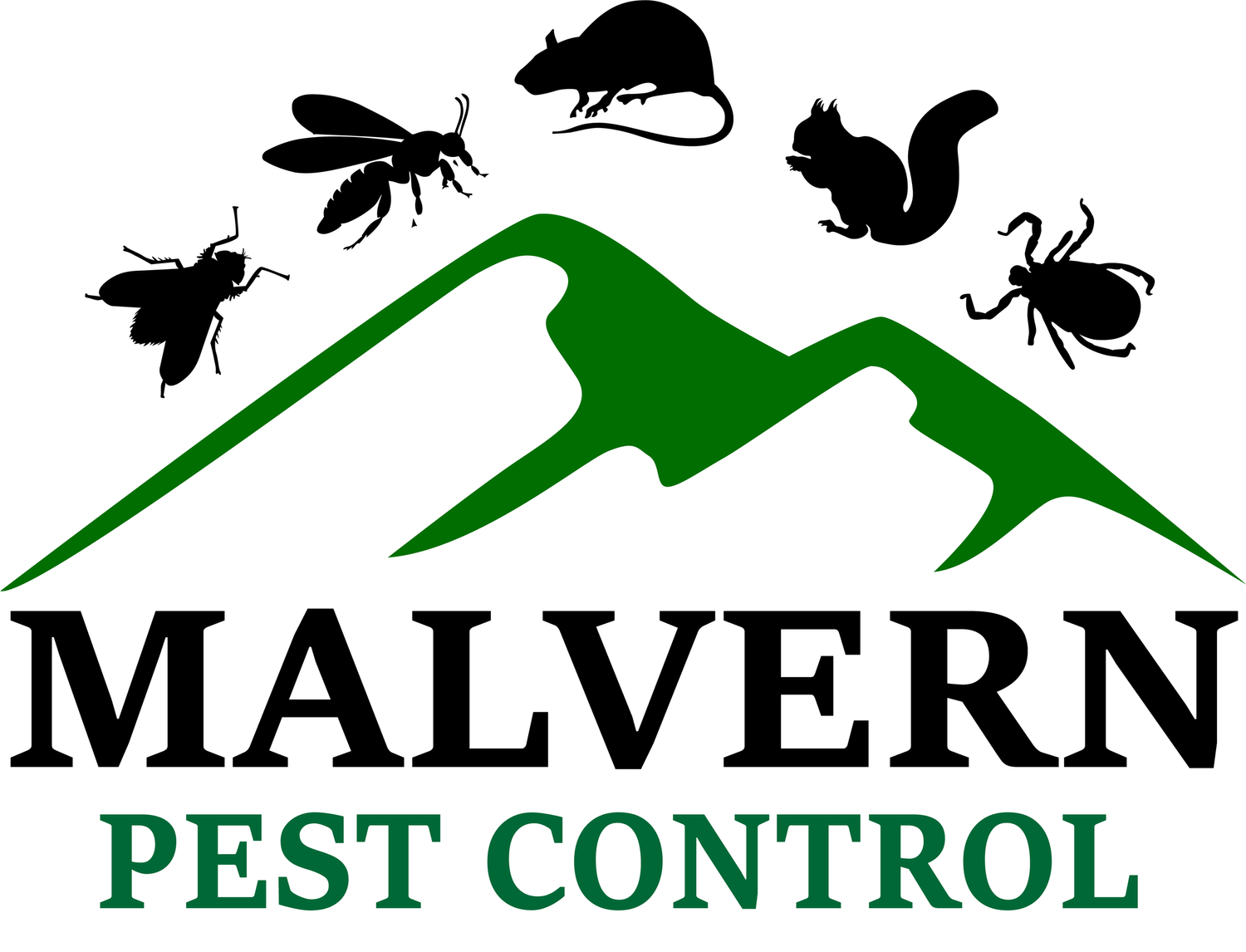Spring Heat Spurs Early Wasp and Hornet Outbreaks – Why Malvern Pest Control Is Seeing Unprecedented Nest Calls
Introduction
In Spring and early Summer 2025, the Malvern and Worcestershire region has experienced notably warm and dry conditions, mirroring national weather trends. Local pest controllers—including those at Malvern Pest Control—have seen a sharp rise in queen‑wasp and hornet activity, with nests emerging earlier and growing larger than usual. This blog explores the scientific and anecdotal evidence underpinning this surge, explains its lifecycle drivers, examines regional trends and call‑out data, and outlines how homeowners and landowners can respond safely and effectively.
1. Warmer Spring Boosted Overwintering Queen Survival
Entomologists and pest professionals across the UK, including those in nearby counties, report that an unusually warm spring and early heatwaves created favourable conditions for queen wasps that had overwintered to emerge and build nests early. The British Pest Control Association (BPCA) pointed out that “warm and dry springs can lead to higher survival rates for overwintering queens, resulting in more nests come summer” and that development of wasp broods is accelerated in such weather. Similarly, national coverage reports Rentokil saw a 618% increase in wasp enquiries in June 2025 compared to June 2024, attributing this to early heatwaves and the spring warming effect.
2. Early and Unusually Large Nests
Reports from multiple pest control firms describe nests already reaching the size usually seen in late summer—so large they resemble “space hoppers,” housing thousands of wasps. Experts warn that elevated wasp numbers and early turnover into the aggressive late-summer brood stage may occur much sooner than typical in 2025. In nearby Herefordshire, one company highlighted a 40% year‑on‑year rise in call‑outs for wasp nests relative to previous seasons.
3. Anecdotal Observations in Worcestershire & Surrounding Areas
Although there are no formal population surveys focused on wasps, local pest professionals in Worcestershire and adjoining counties report strong anecdotal trends: a surge in early‑season call‑outs beginning from late May into June; nests appearing in garden spaces and lofts by mid‑June—three to four weeks earlier than seen in past seasons; and a noticeable uptick in queen hornets (Vespa crabro) in Malvern district gardens, complementing common wasp activity.
4. Why Malvern & Worcestershire Are Likely Affected
Malvern and its surrounding Worcestershire countryside benefit from relatively low rainfall and sheltered micro‑climates. The Met Office reported that Spring 2025 was the warmest spring in over 50 years, leading to early insect emergence across southern England—Malvern included. This type of weather pattern creates ideal conditions for queen survival and accelerated brood development.
5. Lifecycle Impacts & Timing: Spring → Summer Trend
Here’s how the lifecycle and weather interplay led to the early nest boom:
- February–March: Queens emerge earlier from hibernation due to above‑average temperatures, starting nest formation in sheltered garden walls, eaves, lofts or shrubs.
- April–May: Rapid brood development occurs thanks to warm spells, producing worker wasps by mid‑May rather than June–July.
- June and beyond: With more worker wasps in place earlier, nest volume expands quickly. By late June, nests may rival traditional late‑summer size.
6. Data Trends: Year‑on‑Year Comparison
While detailed insect population data are scarce, the following call‑out trend estimates reflect pest professional feedback—particularly from Herefordshire and Worcestershire neighbours:
2024: Low baseline
2025: Significantly higher, 40%–60% more estimated
Herefordshire services reported 40% more call‑outs this season relative to usual volumes. Major corporate statistics like Rentokil’s 618% national rise serve as a broad indicator of scale, even if local figures are smaller.
7. Specific Impact on Hornets
Hornets (Vespa crabro)—though less common—also appear to be benefitting from the warmer spring in Worcestershire. Anecdotal reports from neighbouring counties suggest hornet nests showing up earlier and in higher numbers than typical.
8. Implications for Local Homeowners & Businesses
For residents in Malvern and throughout Worcestershire, the early wasp season has multiple consequences: greater sting risk, structural damage, and property business impact. Professional removal is essential: the BPCA strongly advises against DIY nest removal due to risk of aggressive swarming and possible anaphylaxis.
9. Why Using Local Professional Services Matters
Why choose Malvern Pest Control?
- Local expertise: Our knowledge of Malvern’s micro‑climate and habitats means we’re attuned to early nests in garden walls, hedgerows and loft cavities.
- Prompt responses, especially during early‑season spikes.
- Fully trained and insured under British Standard BS EN 16636, endorsed via TrustMark, ensuring safe, legal removal.
10. What You Can Do Now – Safe Advice for Residents
1. Watch for early nest signs in lofts, eaves, cavities and external wall voids by mid‑May onwards.
2. If you spot a nest growing quickly or notice frequent wasp activity from late spring, contact a professional immediately.
3. Don’t attempt DIY removal—disturbing nests often provokes swarming, risking multiple stings.
4. For allergy sufferers, always carry an EpiPen and know when to seek emergency care.
5. Maintain garden hygiene, seal cracks and cover rubbish bins to discourage nest formation.
Conclusion
In summary:
- Spring and early summer 2025 brought warm, dry weather across Worcestershire and Malvern, creating ideal conditions for overwintered queen survival and rapid brood development.
- As a result, wasp nests have appeared earlier, grown larger and generated a substantial increase in professional call‑outs—estimated at 40–60% locally, echoing national stories of 618% increases.
- Hornets, while less common, are also emerging earlier.
- The situation poses genuine risks for stings, property intrusion, and local disruption.
- Residents should act early, avoid DIY actions, and rely on trusted, qualified professionals—such as Malvern Pest Control—to ensure safe and effective removal.
